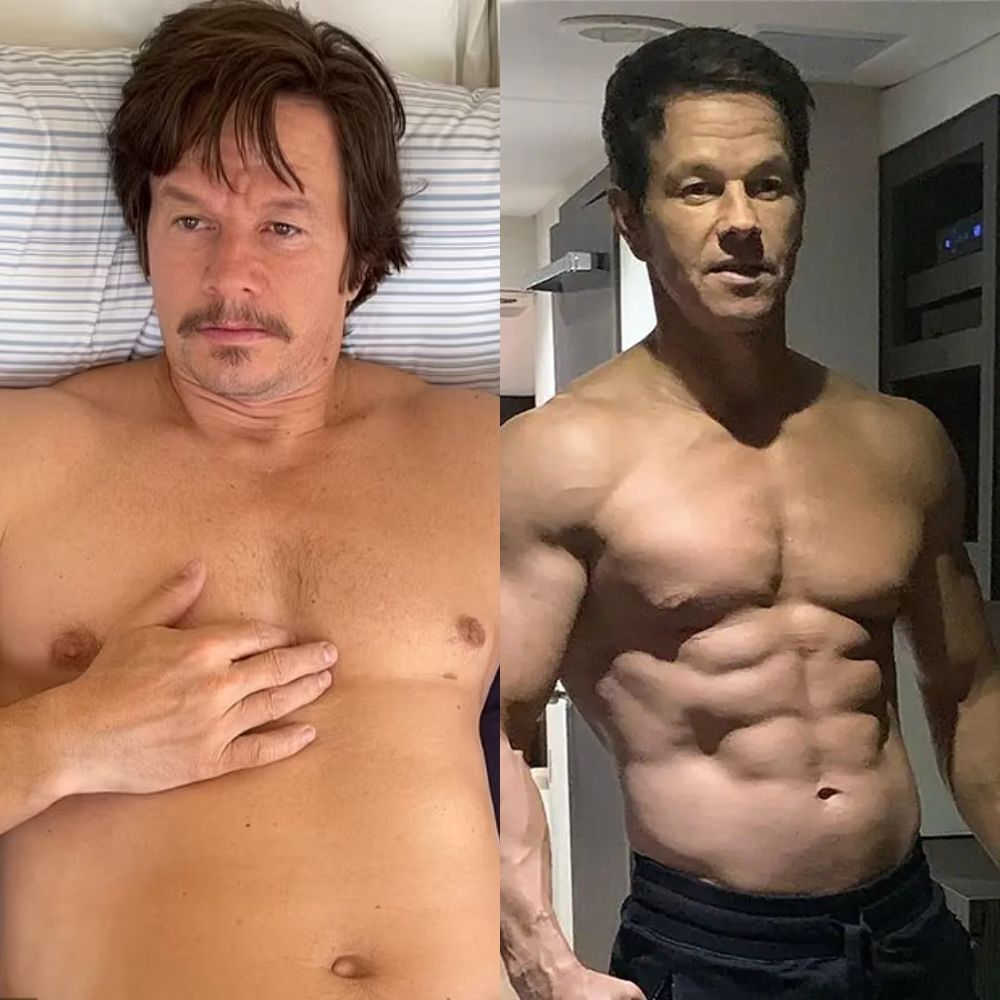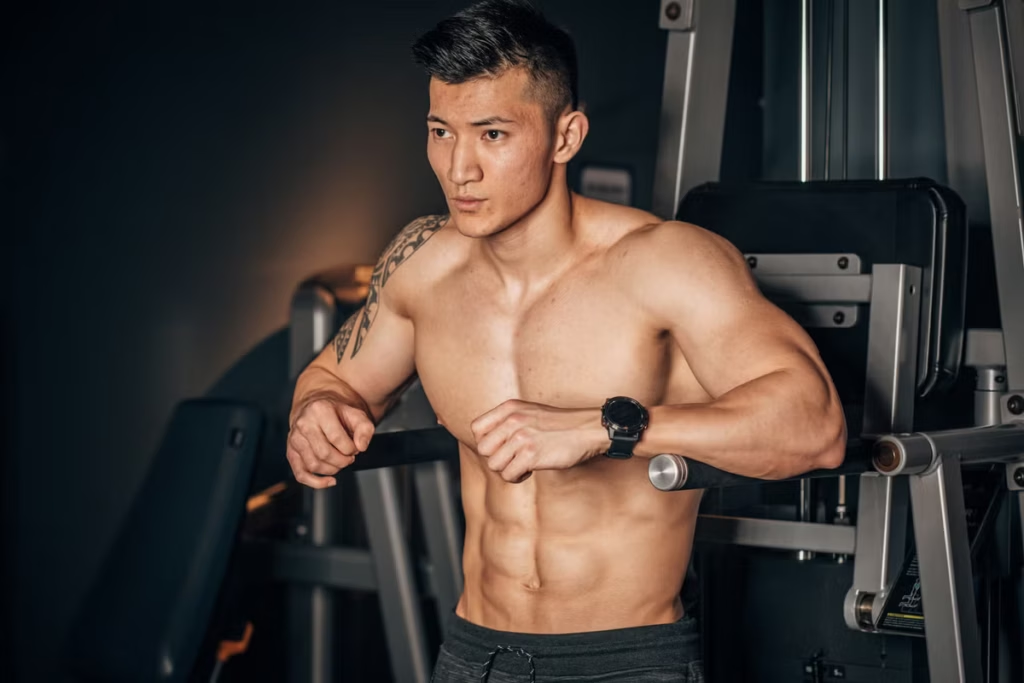As we age, our muscle mass declines, but sticking to – or even starting – a weight-training regimen can help prevent all that.
Just take Ray Fougnier, who at age 70 was working out at a community centre when another lifter told him he would “kick ass” at powerlifting. Fougnier laughs. He’s a little uncomfortable with the swearing – he’s a teacher at heart, clean-cut and soft-spoken, joining via Zoom from his home in Michigan. But on a whim, he signed up for a state meet just a couple of months out.
Fougnier won his age group. Then he won nationals and found himself on “a bit of an adventure” at the world championships in South Africa. Eight years later, he’s broken and set more than a hundred world records and was named the Amateur Athletic Union Male Athlete of the Year in 2018 and 2020.
Those feats would be impressive for a man half his age and he’s proud of it – behind him, his wall is covered with medals. Fougnier’s also representing his people, wearing an Oneida Indian Nation (OIN)T-shirt. His nation’s seal is heavy with meaning: each clan – Turtle, Wolf and Bear – is displayed in the great white pine, the tree of peace.
The wampum belt symbolises the six nations in the Haudenosaunee Confederacy. An eagle sits atop the tree as a protector. Buried under the white roots spread in all four directions are the weapons of the Haudenosaunee, creating an everlasting peace.
As we talk, he explains that he’s a member of Wolf Clan, a lineage of pathfinders who historically guided others towards living their best lives, a role that has been made considerably more challenging for a community that was forcefully displaced many generations ago.
When Fougnier was a child, there was little land left for them. He grew up in a suburb of Syracuse, New York. Tribal ownership had gone from 120,000 hectares in 1794 to just 13 hectares by 1919. “There was very little opportunity on the reservation,” he says.

Today, the OIN has regained more than 7000 hectares of its original lands and considers Fougnier to be a modern role model to its people. “We are inspired by his rugged determination, which embodies the underlying values of our Nation,” says Ray Halbritter, the representative for the OIN and the CEO of its enterprises, who calls me separately to talk about his friend. “Elders play a very important role in Native culture. Ray has followed in the tradition of our ancestors and served as an example for our younger generations – not through just words but through his actions.”
Those actions started long before Fougnier began competing. He went to Harvard in the early 1980s, a time when there were few Native Americans enrolled there. He became the inaugural director of Cornell’s American Indian Program, where he was in charge of reshaping how the school lectured about Indigenous history and advised a group that established a museum of Indian culture. He later worked as a high school teacher and administrator while helping the OIN reclaim land through legal claims and settlements.
Fougnier always prioritised working out and maintaining a healthy diet, especially after seeing his parents struggle with health issues. “My mother was a diabetic,” he says as his voice catches momentarily. “She had complications, and her retirement was not a good one. She was sick most of the time until she passed. My father was a cancer victim. He retired at 65 and had a lot of plans, but he was sick the whole year and died at 66. I made a vow that I did not want that to happen to me.”

Fougnier and I are both aware that having a hard and short life is a far too common theme among Indigenous people. We historically face lower life expectancies than most due to the long colonial history of genocide, subjugation and the ways in which Indigenous people are discriminated against, forgotten and underserved in medicine, housing, justice and social work.
Competitive powerlifting keeps his mind on his health. He was a recreational lifter in his youth but focused on the squat, deadlift and bench press after being nudged by that fellow lifter. Fougnier stays motivated by the idea of beating his own records year after year. He trains six days a week, mixing three days of lifting and stretching with three days of cardio and stretching. The heavy workouts last up to two-and-a-half hours and he increases resistance leading up to a meet.
Last April, Fougnier set a career best and world record for his age group by squatting 297.6 pounds (135kg), benching 198.4 (90kg) and deadlifting 429.8 (195kg). That’s 925.8 pounds (420kg) total, putting him within striking distance of the 1000 Pound (454kg) Club, which he’ll have a shot at during international competition this month.
“I guess I’m the kind of person that if I say something, I’m going to do it,” he says.
He hopes to keep inspiring his kids and grandkids and some days that feels easy. “I wake up feeling good and I have a better outlook on life, so it is motivating. There are times I’ve walked out of a gym and I just said, ‘Ahh, this is great’.”
At the same time, he’s open to more inspiration. “There was a guy at one meet I went to. He was walking around with a T-shirt that said World’s Strongest Old Man. I got to talking to him and he was 95 years old, and I said, ‘I want to do that’.” He respects the power of the elders.

Lift Like Ray Fougnier
Powerlifting revolves around the Big Three barbell lifts: bench press, back squat and deadlift. Use these tips to thrive.
Elevate Your Bench
Bench-pressing is all about creating tension to push as much weight as possible. Instead of lying on the bench with a flat back, take a moment to “screw” your shoulders into place, allowing for an arch between your lower back and the bench.
Don’t Look Up
As you stand from the bottom of a back squat, try to keep your gaze straight ahead to keep your spine in a neutral position. Looking up can cause you to overextend your spine and over-arch your back, which is especially dangerous under a heavy load.
It’s all in the hips
The key to a strong and safe deadlift is in your hip hinge. Make your glutes and hamstrings do the bulk of the work for your pull and make sure to keep your hips lower than your shoulders on each rep.














